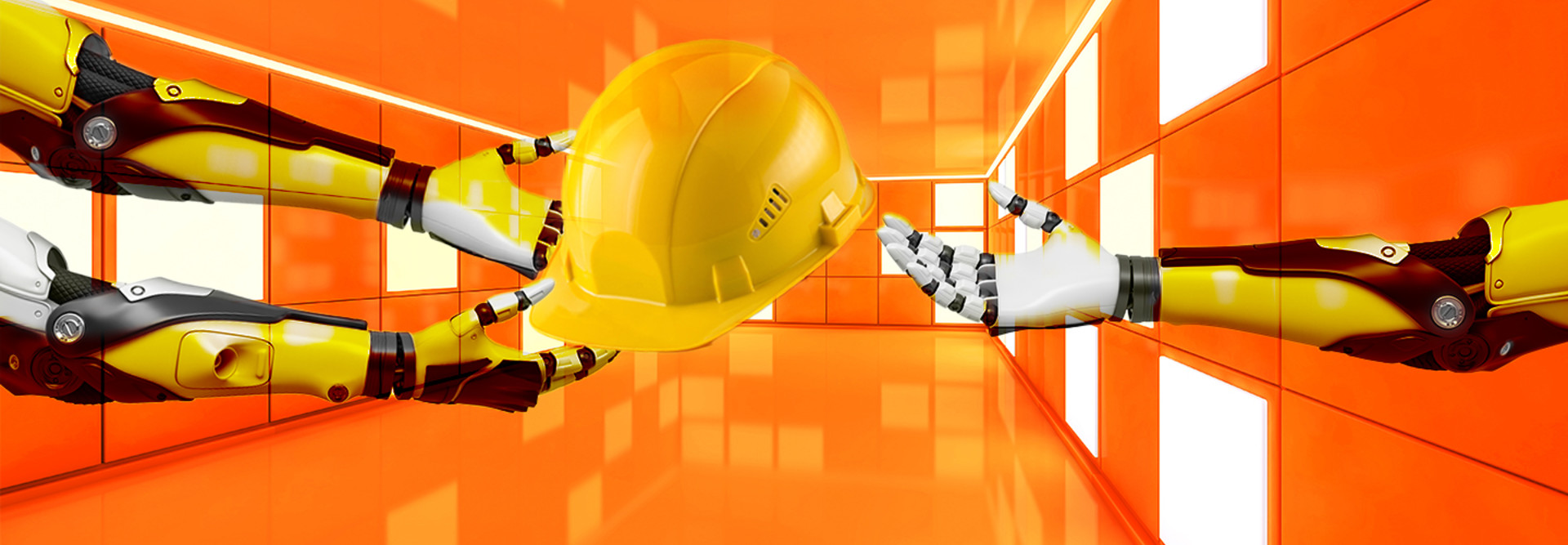Fallacy: RPA Will Replace Human Workers
One of the most common misconceptions about RPA is that it’s a humanoid robot. In reality, RPA cannot replace people or mimic human cognitive functions. The term RPA is often used interchangeably with artificial intelligence and machine learning, since those technologies are also involved in automation. While AI/ML can develop logic, RPA cannot perform logical or critical thinking. RPA is a tool that assists with basic tasks, such as copying and pasting data into forms.
RPA shouldn’t be viewed as a human replacement. Instead, it’s an opportunity for employees to focus on more valuable work. In the future, it will be possible for agencies to create new jobs for high-level talent or people with advanced skills to oversee fleets of RPA bots.
READ MORE: How is RPA being used in state and local government?
Fallacy: RPA Poses Security Risks for Agencies
Agencies implementing RPA have expressed concerns over the technology’s potential security risks. The majority of these concerns are related to how bots could be used for malicious purposes (external and internal threats) or potentially expose sensitive government data if they’re poorly designed.
In reality, bots are unlikely to go rogue if they are tightly controlled. Agencies can incorporate security into RPA from the initial stage of the software development lifecycle with DevSecOps. Doing so from the start helps agencies avoid the expense of fixing security issues that may come up later on. Leading RPA vendors follow DevSecOps best practices and have strong measures in place to ensure that bots act as they should without compromising security.
Fallacy: RPA Technology Is Expensive to Deploy
As with any technology, there are costs involved in implementing RPA. However, RPA is less costly compared with advanced AI tools or more traditional options, such as business process outsourcing and offshore manual processing. Legacy systems and existing applications can be automated with RPA, which doesn’t require a complete IT overhaul.











